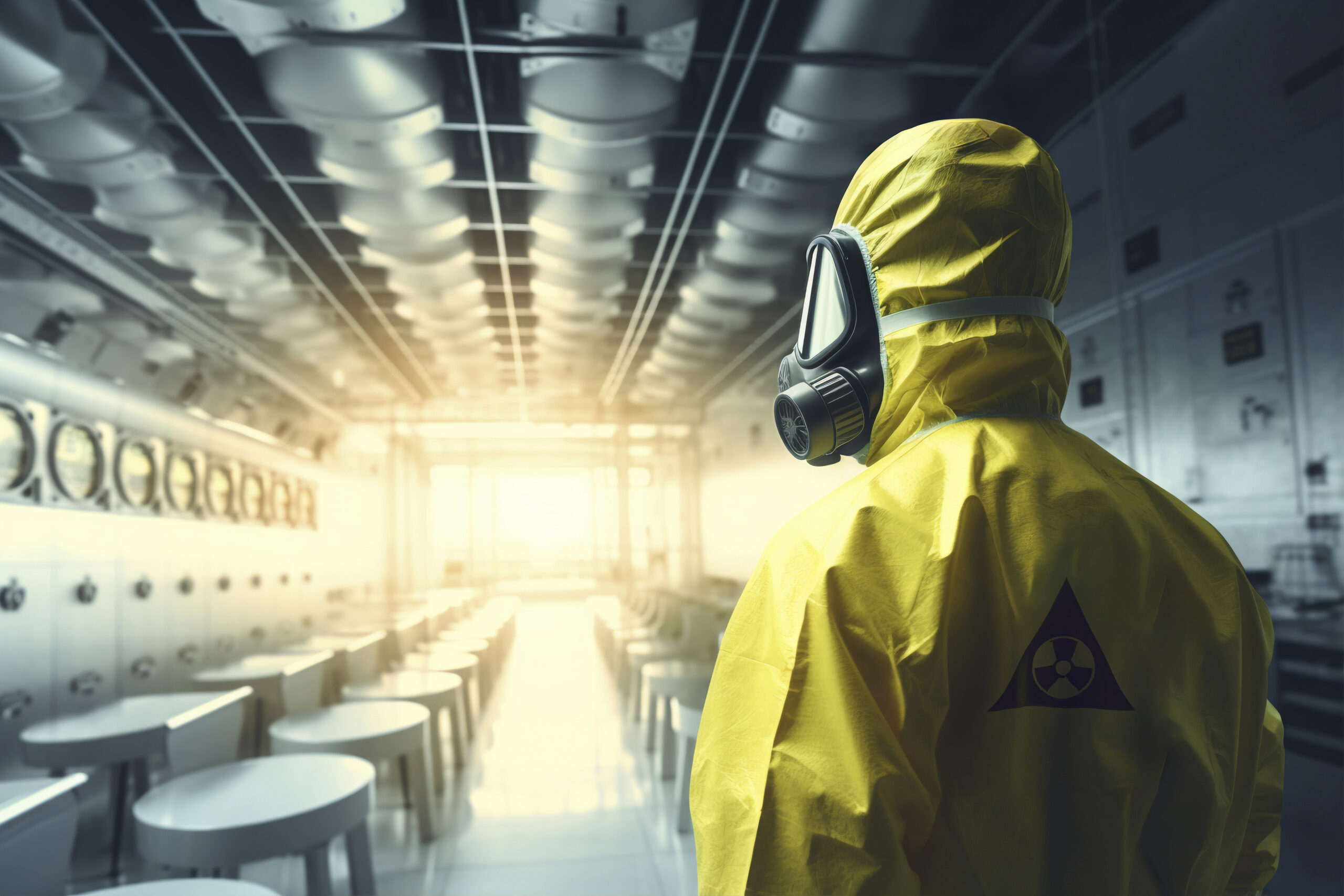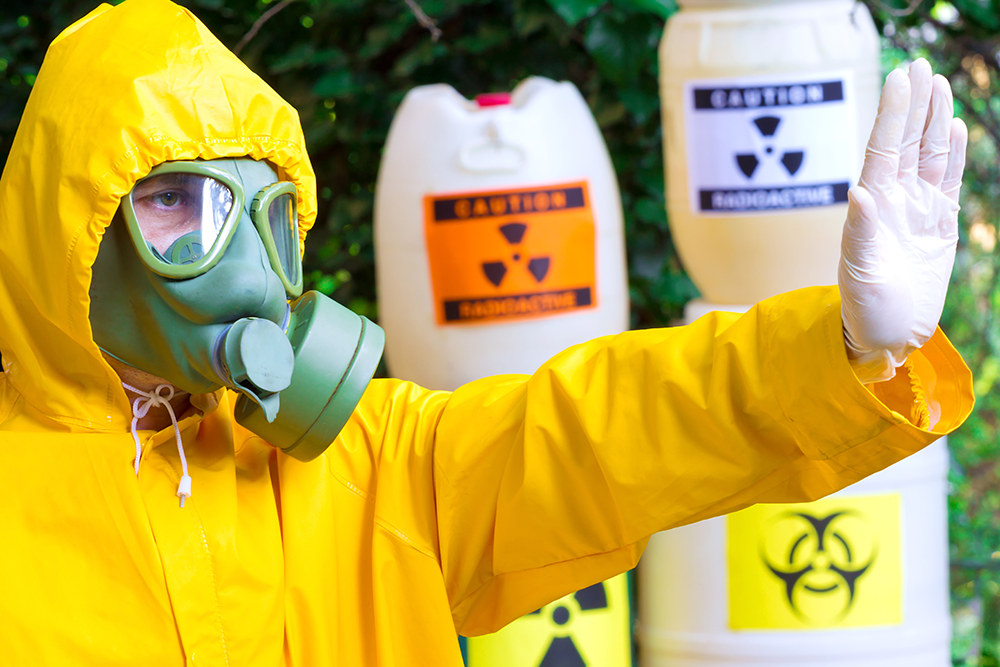Clandestine Lab Cleanup: Comprehensive Decontamination for Hazardous Sites
Clandestine Lab Cleanup: Comprehensive Decontamination for Hazardous Sites
Blog Article
Expert Biohazard Clean-up for Criminal Offense Scenes, Injury Incidents, and Contaminated Areas
In the realm of specialist biohazard cleanup, meticulous focus to detail and adherence to safety procedures are critical. When confronted with the aftermath of a criminal activity scene, injury occurrence, or any polluted area, the relevance of proper cleaning can not be understated. The risks and intricacies related to biohazards call for specific understanding and experience to make sure efficient removal. As we look into the complexities of biohazard cleanup for these delicate environments, a deeper understanding of the challenges and important treatments entailed will certainly emerge, clarifying the vital function of professional cleanup solutions in recovering safety and peace of mind.

Significance of Biohazard Clean-up
Biohazard cleanup following crime scenes and injury incidents is vital for ensuring the safety and security of people and the atmosphere. When these occurrences occur, they typically leave behind a selection of biohazards such as blood, physical liquids, and various other possibly transmittable materials. These materials can harbor hazardous virus like microorganisms and viruses, posing significant wellness risks otherwise properly cleansed and sterilized.
Professional biohazard clean-up solutions are trained to manage these hazardous products safely and effectively. They have the required devices, such as individual safety gear and specialized cleansing agents, to thoroughly decontaminate the influenced areas. By delegating the clean-up to qualified professionals, people can prevent exposure to hazardous pathogens and avoid the spread of contagious diseases.
Furthermore, correct biohazard cleanup is crucial for safeguarding the setting. Inappropriate disposal of biohazardous materials can contaminate soil, water sources, and air, presenting a hazard to wild animals and the environment. By adhering to strict cleaning methods, specialists can make sure that biohazards are securely eliminated and thrown away in accordance with laws, decreasing the threat of environmental contamination.
Types of Biohazards Encountered
Different hazardous products commonly come across in crime scenes and trauma incidents existing significant wellness threats if not dealt with effectively. Blood and bodily liquids are among the most usual biohazards located in these scenarios.
One more kind of biohazard commonly experienced is sharp things like needles, broken glass, and other things that can trigger injuries and send infections. Chemical risks are also a problem, as criminal offense scenes may include substances like tear gas, pepper spray, or medication manufacturing products that require specific handling and disposal procedures to avoid further injury.
In addition, mold and germs growth can take place precede where decomposition or prolonged exposure to moisture has occurred. These microorganisms can launch toxins and allergens into the air, presenting respiratory threats to those revealed. In general, biohazard clean-up experts must be well-appointed and experienced to successfully handle these numerous kinds of hazardous materials to make sure the safety of themselves and others.
Equipment and Safety Gear
When resolving the vital task of managing biohazards run into in crime scenes and trauma cases, the usage of Learn More appropriate devices and protective gear is extremely important to making certain the safety of people entailed in the clean-up process. Individual protective devices (PPE) such as handwear covers, coveralls, masks, and safety glasses are necessary to stop direct call with possibly harmful substances. Respirators are critical when taking care of biohazards that may come to be air-borne, safeguarding workers from breathing in unsafe bits. Specialized cleaning tools like biohazard anti-bacterials, bags, and sharps containers are essential for the safe collection and disposal of polluted materials. Furthermore, durable tools such as industrial-grade cleaner, foggers, and ozone generators may be needed to thoroughly sanitize the affected area. Making sure that all equipment is appropriately maintained, routinely examined, and utilized according to safety guidelines is essential in minimizing the threat of exposure to biohazards throughout cleanup operations.
Cleanup Process and Strategies
Effective and comprehensive clean-up of biohazardous products my company from criminal activity scenes and trauma cases needs thorough attention to information and adherence to stringent safety and security procedures. The cleaning process normally includes numerous essential actions.
Complying with the removal of biohazardous products, the damaged location undergoes a thorough cleansing and sanitation procedure. This step includes making use of specialized cleaning representatives and tools to make certain that all traces of contamination are removed. After cleaning, the location is subjected to rigorous screening to validate that it is totally free and risk-free of any kind of staying biohazards.

Decontamination and Disposal Treatments
To ensure comprehensive purification and appropriate disposal of biohazardous products, adhering to the careful clean-up procedure, specific procedures need to be meticulously followed with rigorous adherence to safety methods. Decontamination involves the elimination or neutralization of impurities to minimize the threat of exposure and spread of hazardous materials. This procedure typically consists of cleaning, disinfecting, and disinfecting the afflicted location using customized tools and EPA-approved chemicals.
When purification is completed, correct disposal of biohazardous materials is essential to protect against additional contamination or injury. Biohazardous waste, such as blood-soaked materials or physical liquids, should be thoroughly accumulated, packaged, and identified according to governing standards. ATP testing. These products are then transported to certified centers for disposal through proper networks, ensuring conformity with regional, state, and federal guidelines

Conclusion
To conclude, expert biohazard clean-up is vital for making certain the secure and efficient elimination of harmful materials from crime scenes, injury occurrences, and polluted spaces. By making use of customized devices, protective equipment, and complying with proper cleaning processes and techniques, biohazard cleaning teams can effectively sanitize and dispose of biohazards, reducing the threat of exposure and injury to individuals and the setting.
As we dive right into the complexities of biohazard cleaning for these sensitive settings, a deeper understanding of the difficulties and vital procedures involved will certainly emerge, losing light on the crucial duty of professional cleaning services in bring back security and peace of mind.
Expert biohazard cleaning services are educated to handle these harmful materials securely and properly. By following stringent cleaning protocols, specialists can guarantee that biohazards are securely gotten rid of and disposed of in accordance with policies, decreasing the danger of environmental contamination.
On the whole, biohazard cleanup experts need to be well-equipped and trained to properly handle these various types of unsafe products to ensure the safety of themselves and others.
When attending to the critical task of taking care of biohazards experienced in crime scenes and trauma events, the use of proper equipment and protective equipment is vital to guaranteeing the safety of individuals involved in the cleanup process.
Report this page